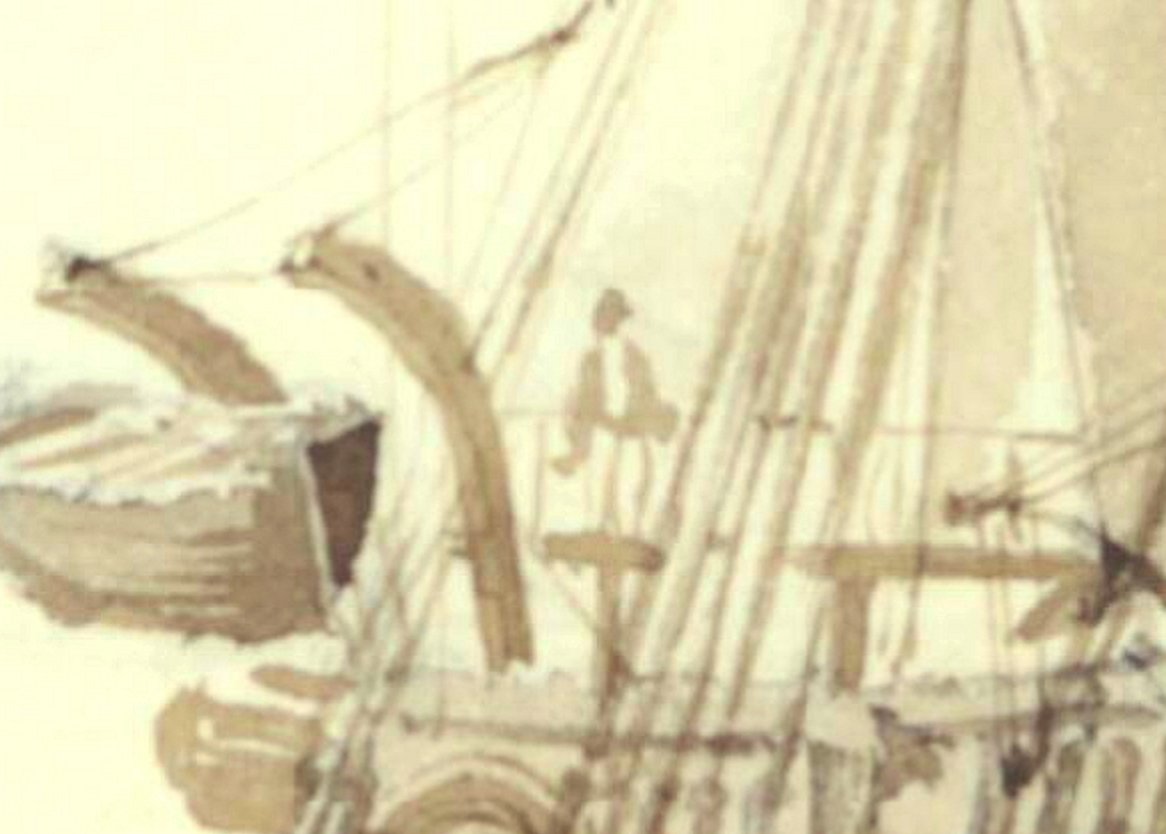-
Posts
967 -
Joined
-
Last visited
Content Type
Profiles
Forums
Gallery
Events
Everything posted by iMustBeCrazy
-
Not just a great photo, that's a heck of a lot of work you've done there. Best I can give is 'maybe'. Oak posts at 2 1/2 or 3 inches square would be strong enough but a strong enough mounting at the base may present a problem. I'm not sure.
-
50cm (19.7") would be too tall for me, I think 44 would be the max and I'm 5'10". The drawing you're working from, ZAZ7145, gives 50cm as you suggest but ZAZ7128 (a 26 ft Yawl) gives a much more reasonable 42cm. Many of the boat drawings seem to be based on very tall people Large copies of the above drawings are available from wiki commons: ZAZ7145 ZAZ7128
-
Generally, go to https://commons.wikimedia.org/wiki/Main_Page and in the search box (top right) type in rmg and the ships name (and year if known) eg: rmg Atalanta (1775) That should give you https://commons.wikimedia.org/w/index.php?search=rmg+Atalanta+(1775)&title=Special:MediaSearch&go=Go&type=image I then find it easiest to right click on each image and open in a new tab. In the new tab click on 'Original file' then save the image. Note that only the outboard and inboard profiles are high res. Credit to Allan for finding them.
- 475 replies
-
G'day Allan, So if this is 1690 (Thomas Wilshaw fits with that) and we have 23ft boats being fitted with "iron knees" doesn't that open up a new can of worms? How common were iron knees? Does it perhaps mean that the RMG boat drawings not specifically showing wooden knees had iron knees? 'shudder' too much to think about. EDIT, I just looked up Mays Boats of Men of War and the scantlings table ca1800 gives iron knees for Barges, Pinnaces, Yawls and Wherrys. I don't see anything for earlier but the contracts show that it might have been true for a long time.
-
Strangely I have a Dime sitting on my desk, it's a long way from home, before I picked it up I was visualizing a Nickle 😮 What size is the compass, 1/4" square? I must be crazy but you guys are nuts! All of you.
-
Sounds good to me, you wouldn't make a pressure pipe any longer than necessary.
- 206 replies
-
This seems to be a good explanation of an azimuth compass and it's use: wikiwand.com/en/Azimuth_compass
-
Yep, that works, or the helmsman lines up something between the third and fourth shroud etc. Me, I used a gps connected to digital maps. Too easy.
-
Kieth, think of it this way. It was the helmsman's job to sail the course given and to notify the officer on watch if he no longer could, the officer would then call for the sails to be adjusted or for a change in course (which may require the Captains permission). So the helmsman would use everything he could to maintain a course, the compass, the set of the sails, the wind on his ear, the feel of the wheel, the wake behind him etc. Keith, the azimuth compass was not a magical device for use near the poles, it's primary function was for taking bearings for charting and navigation. It may have been more suitable near the poles than the compass in the binnacle but that would depend on it's design, or the binnacle compasses could have been better depending on their design. One of the problems is that the lines of magnetic flux which are roughly parallel to the earths surface over most of the planet start dipping as you near the poles and the compass needle (or disk) tries to point down to follow them, at the poles the lines of flux are near vertical. So whether a compass works near the poles in part depends on how far the needle can tilt without falling off or jamming. I was thinking more about the safety of you fine model I think the plans were probably followed but I could be wrong.
-
As the compass was probably only in place when in use I don't think I'd bother with a lid and I suspect it had something like a hollow box on the base that fitted over the post. Again just guesses. With the bridge, all the drawings show it extending about 8'8" outside the bulwarks (say 35mm) but I might reduce that to 6' (25mm) if I made this model. But I don't think I could work at this scale.
-
It certainly should be narrower than the skylight. I've re-scaled my drawing and the table is drawn as about* 4'0" x 3'8" which scales down to 0.64" x 0.58" or 16.25mm x 14.9mm with the compass post 6" x 6" ( 0.08" x 0.08" or 2mm x 2mm ). The bridge is about* 1'11" ( 0.3" or 7.8mm ) Post height from the deck is about* 6'10" ( 4'9" above the table ) scaled 1.10" or 27.8mm * variations in line thickness, hand made rulers, paper distortion etc.
-
Oops, you distracted me. I didn't really find anything: I did find a later photo showing the deckhouse roof between the boats but by then it was fitted with a winch and a bloody great (I think iron) water tank.
-
What a pity this scene doesn't appear in the Parks Canada video :( In the Terror site sketch ( post #509 ) we see both skylights have a section of their roof missing, possibly blown out by air pressure as she sank.
-
Are you trying to steal my thunder? You're not supposed to agree with me straight off the bat. I wanted arguments as to why I was wrong. What did they look like? I'm guessing fairly simple as they were removable. Some choices: https://www.rmg.co.uk/collections/objects/search/binnacle?images=yes&date_from=1800&date_to=1848
-
Thanks Keith, I'm sure it's right but it's easy to be sure about your own ideas, even when they're wrong On to the binnacles, this is harder as there appears to be no hard evidence. So, one question at a time. Why wouldn't the binnacles be if front of the helmsman where they belong? Can anybody suggest a reason this is not possible? (that's one question rephrased) Answers must include a stamped self addressed envelope.
-
Why do you think I chose my username? The following is not intended to be condescending in any way, it's just me trying to put into words what I see. My logic. First, the azimuth compass is used to take bearings of objects (hills for example), you need to get your eye right up against the sights (somebody used the right word above but I can't find it) so the compass should be at about eye level. You also need to be able to take bearings in any direction, even behind you. That rules out taking bearings from the bridge. Now lets look at the drawings: The height of the' table' is about two foot three inches, so to take bearings using a compass on the 'table' would mean getting down on your knees also the 'table' is below the height of the bulwarks so you couldn't see anything anyway. The top of the post is about seven foot five inches above the deck which rules out standing on the deck and using a compass on the top of the post. From the top of the 'table' to the top of the post is about five foot one inch which would allow you to stand on the 'table' and take bearings with a compass on the top of the post which is how I assume it was used. You could have a post either side of the 'table' and move the compass from one to the other (or have two compasses) but I can't think of a good reason for that. Also the drawing clearly depicts a square something in the middle of the 'table'. And from Starling 1829:
-
Well, it seems I have been rather lacking, I have been limiting myself to those lovely high resolution scans from wiki commons and ignoring the low res ones at the RMG. Specifically ZAZ5672 of which there are two versions, the first shows the bridge details in red the second in black which leads me to think it depicts section A-A (or thereabouts) below.
-
Kieth, first thing to remember is it's an artists impression, useful for things like curved davits, the face the bridge existed and some details like the halliards. But the davits are shown as inside the bulwarks when we're pretty sure they were outside and the davits are way out of proportion, the skid beams and post don't seem to be shown but perhaps two support posts for the bridge are? Perhaps they removed the skids and used the to operate the davits? I agree with iron stanchions with rope handrails (that's what I tried to depict above) but how many to provide support, you could tension the rope better if you had a diagonal support at the outer posts which would need less stanchions. Anyway, here's an enlargement of the drawing:
-
I've also been playing with the bridge, it doesn't really work but I thought I'd open it up for discussion.
-
It seems to be more an issue with the kit, for it all to fit as drawn the aft side of the skid beam should almost touch the mast. I'm not sure what exactly the cause is, perhaps slightly oversize deadeyes? I would probably shave off a few half millimeters where I could, notch the davit post so the skid beam fits flush, shave half millimeter off the skid beam, notch the skid beam another half millimeter where it meets the davit post, shave a bit more off the bridge, make the compass post a half millimeter smaller etc. The profile plan shows about a 15 inch gap between the bridge and compass post to get your head up to take a site at 1:75 call it 5mm. Up to you but I would say the original was most likely about 42 feet.
-
And the more you think about it: It answers the question as to why the bridge didn't use it as a support, it answers the question as to why a post would be put in the middle of the 'chart table', it even answers the question as to why the post was rounded. Part of the problem we had was thinking that the table was a chart table, but would they really have taken such valuable charts on deck? Far more likely they made notes and sketches in a notebook and used those to update the charts in the cabin out of the wind and weather.
-
I did a search on 19th Century Azimuth compasses yesterday and most had sights for taking bearings. The post is too tall to take bearings while standing on the deck and too low for taking bearings from the bridge so I hypothesise (one of those 'middle of the night' thoughts) that the table is actually a platform to stand on while taking bearings, giving 360° views with a higher line of sight. It also explains why the post comes through the middle of the table. It would be impractical for it to be used by the helmsman so I think that puzzle remains.
About us
Modelshipworld - Advancing Ship Modeling through Research
SSL Secured
Your security is important for us so this Website is SSL-Secured
NRG Mailing Address
Nautical Research Guild
237 South Lincoln Street
Westmont IL, 60559-1917
Model Ship World ® and the MSW logo are Registered Trademarks, and belong to the Nautical Research Guild (United States Patent and Trademark Office: No. 6,929,264 & No. 6,929,274, registered Dec. 20, 2022)
Helpful Links
About the NRG
If you enjoy building ship models that are historically accurate as well as beautiful, then The Nautical Research Guild (NRG) is just right for you.
The Guild is a non-profit educational organization whose mission is to “Advance Ship Modeling Through Research”. We provide support to our members in their efforts to raise the quality of their model ships.
The Nautical Research Guild has published our world-renowned quarterly magazine, The Nautical Research Journal, since 1955. The pages of the Journal are full of articles by accomplished ship modelers who show you how they create those exquisite details on their models, and by maritime historians who show you the correct details to build. The Journal is available in both print and digital editions. Go to the NRG web site (www.thenrg.org) to download a complimentary digital copy of the Journal. The NRG also publishes plan sets, books and compilations of back issues of the Journal and the former Ships in Scale and Model Ship Builder magazines.



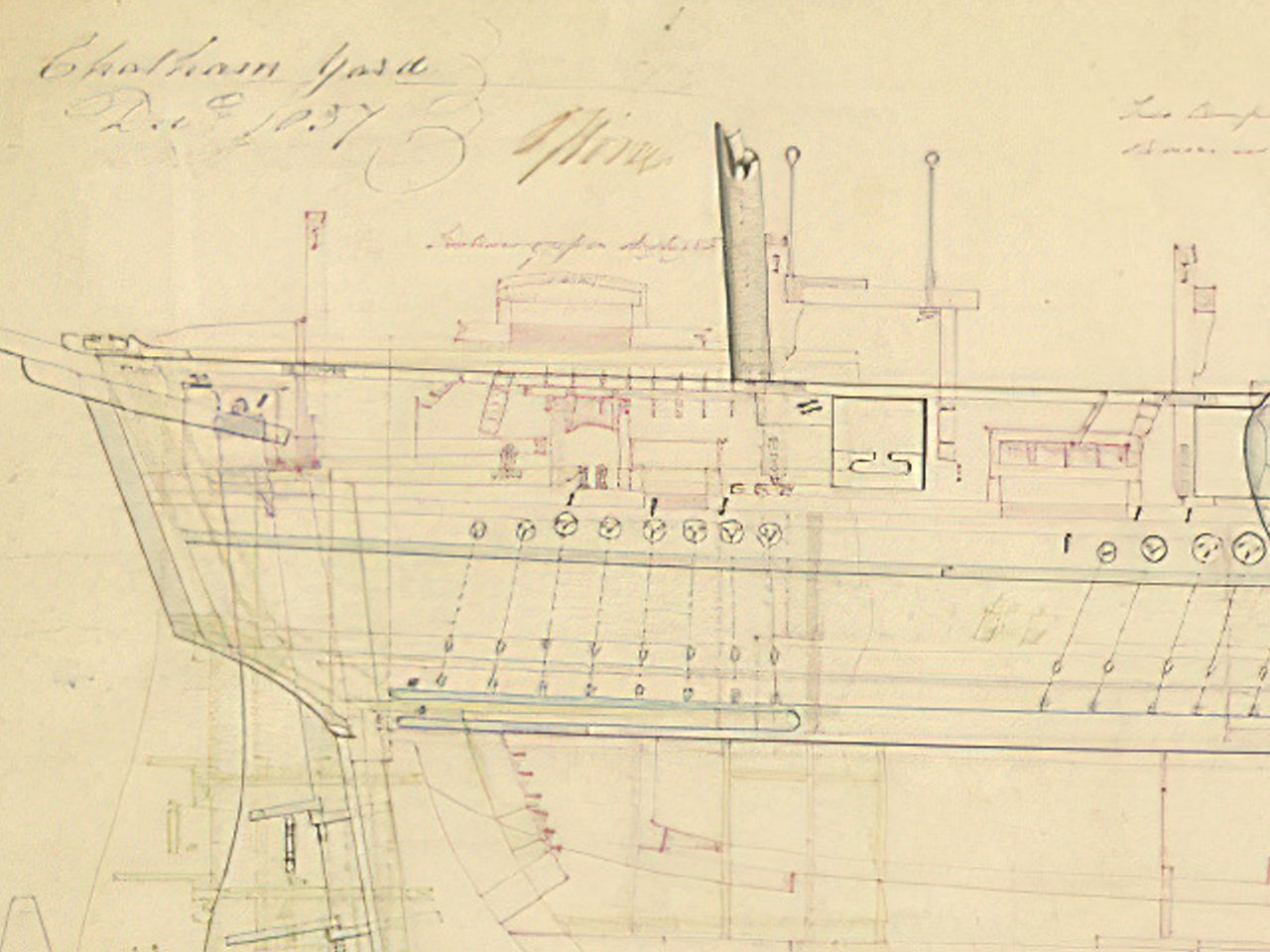

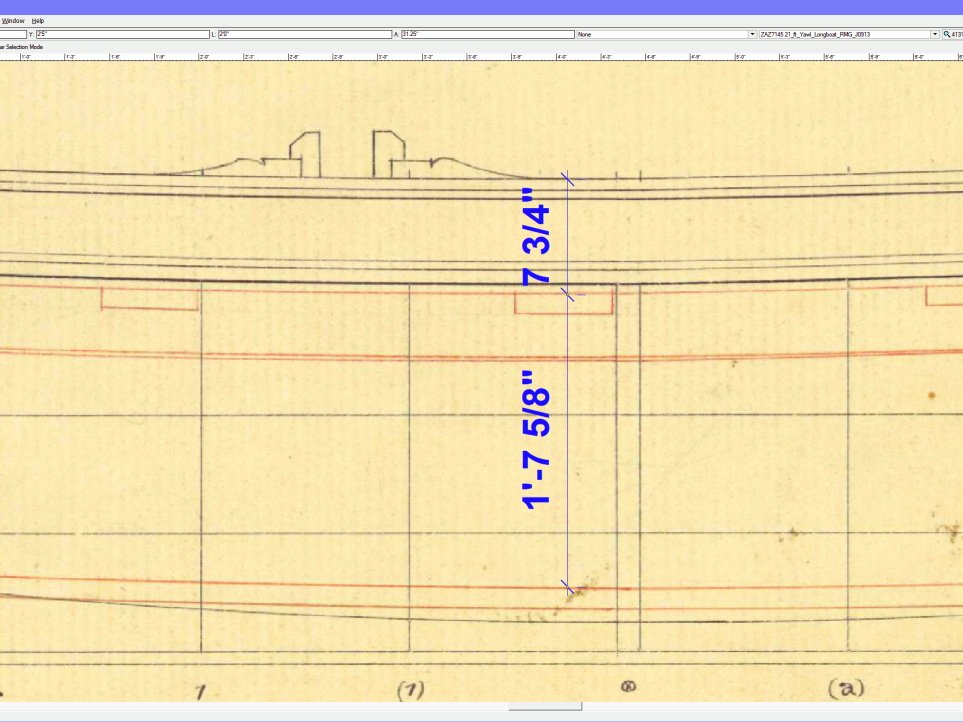
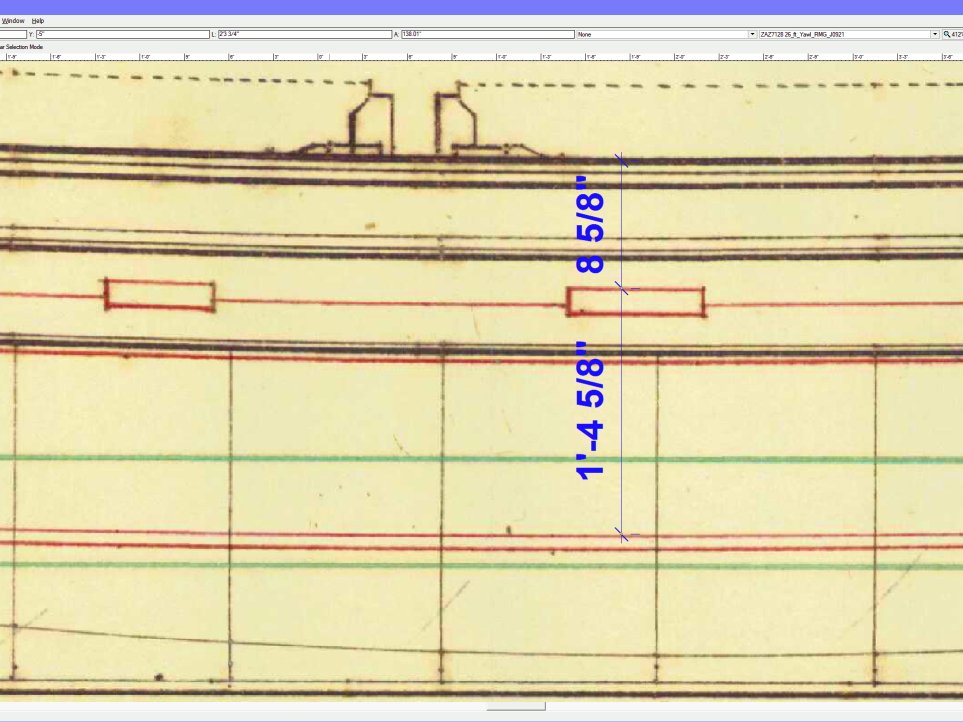
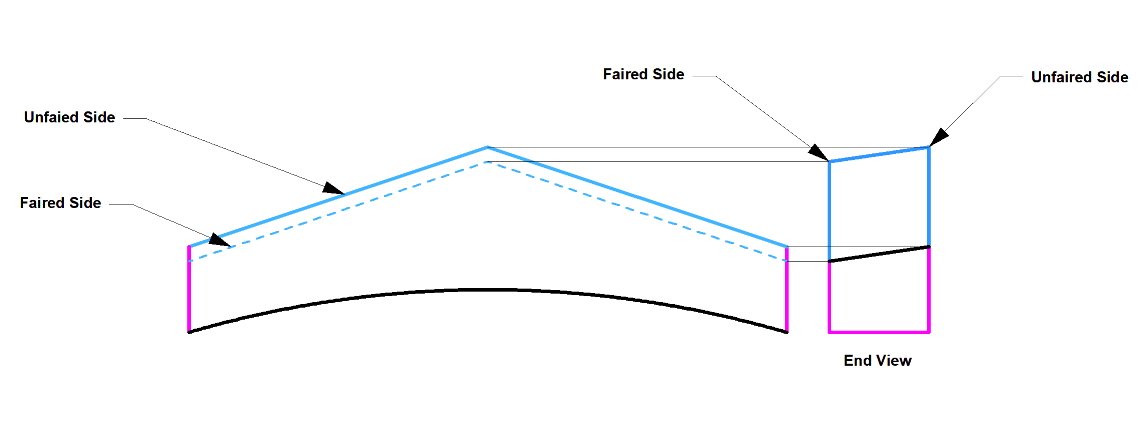



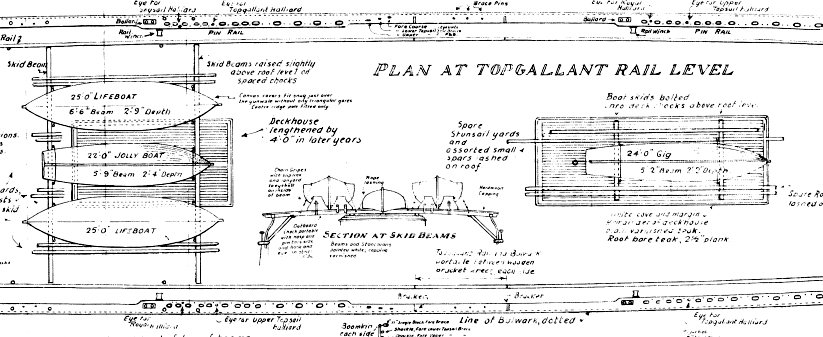
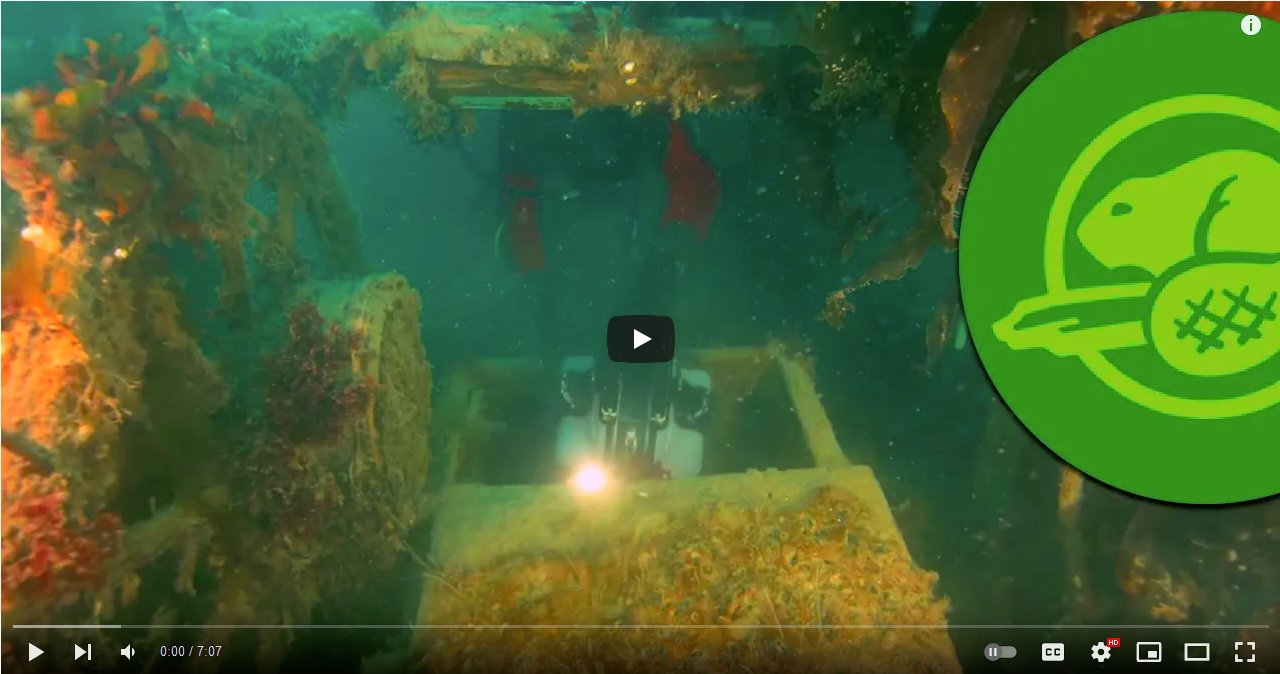
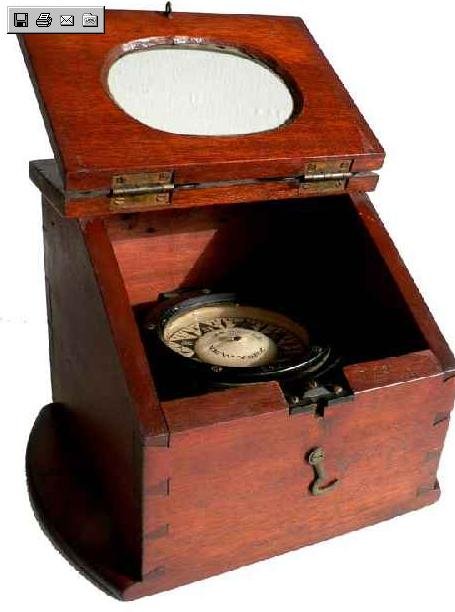
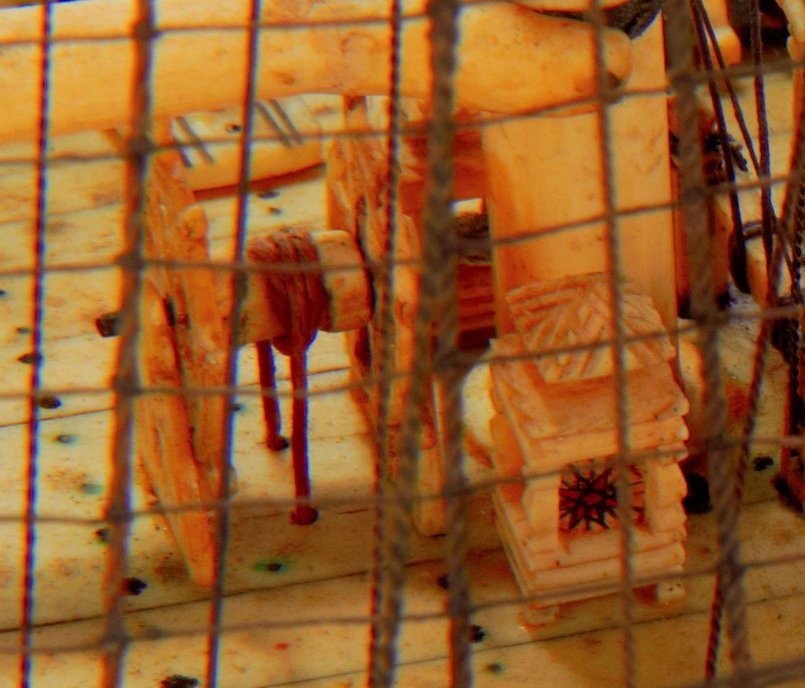
_Erebus_(1826)_RMG_J1409c2.png.38bc82c405b2ab6089a6cbf67ceadfe5.png)
_Erebus_(1826)_RMG_J1407post1.png.2aa6537425c8591ca72b35a6d8f5cfd1.png)
_Erebus_(1826)_RMG_J1409post2.png.2c9bccfa35545f2eb28fa5243c0aec7f.png)
_RMG_J0519post1.png.3129c9c3057b464a95af4b9fa99ca151.png)
_RMG_J0519post2.png.01bb9748a81bd675a9570c69087c691c.png)
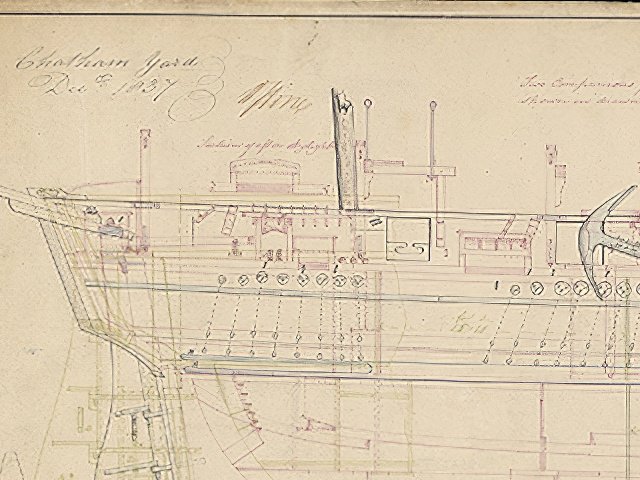
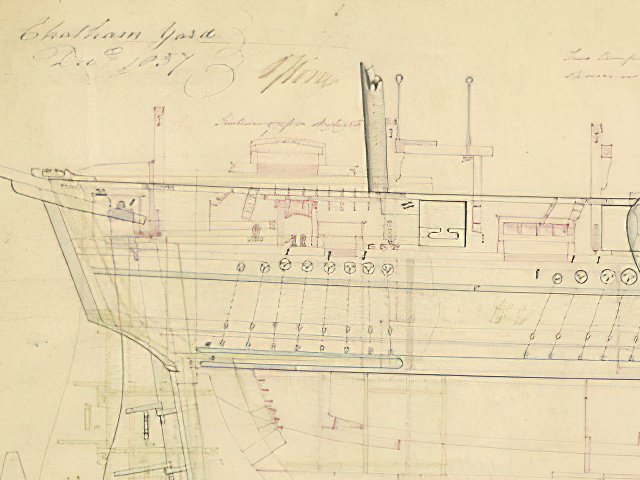
_RMG_J1408cc3.png.ca2a456c80ecc58d33255485a64157c4.png)
